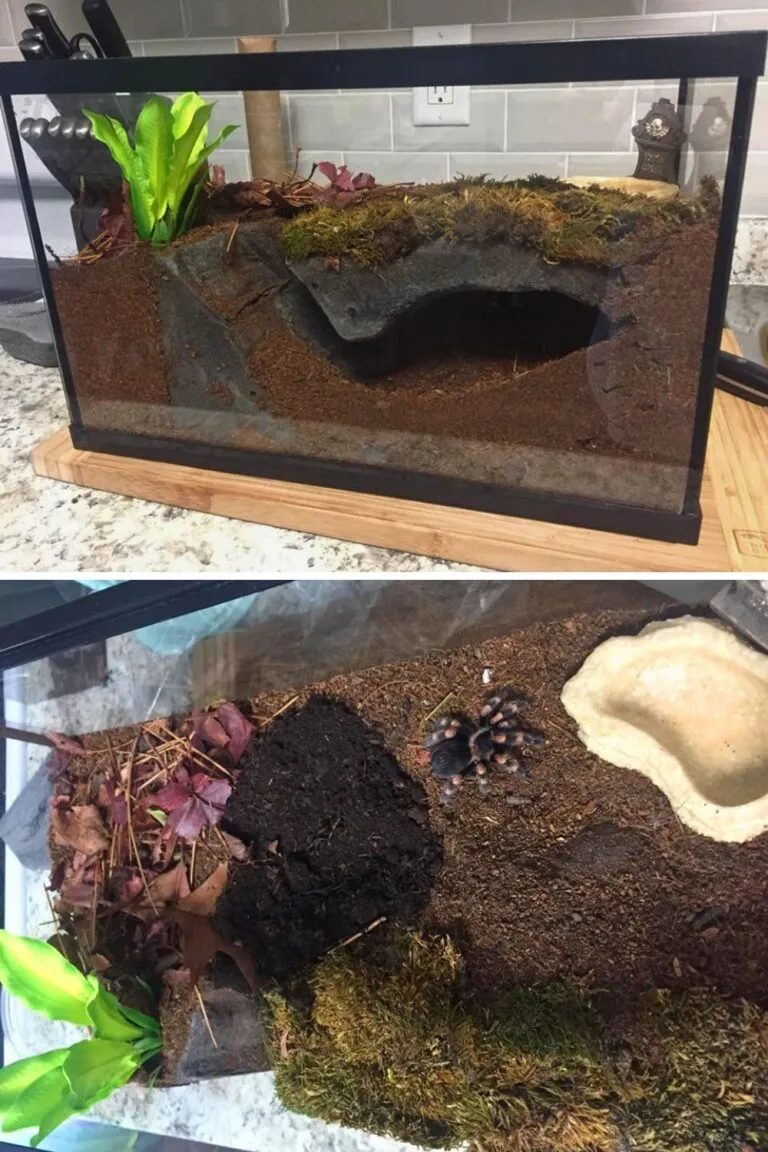Choosing the Best Tarantula Enclosures
Selecting the ideal enclosure is paramount for your tarantula’s health and well-being. A well-chosen habitat provides the necessary space, environmental conditions, and security to ensure your eight-legged friend thrives. This guide offers comprehensive insights into choosing the best tarantula enclosures, covering crucial aspects from size and type to ventilation, substrate, and décor. Making informed choices will greatly enhance your tarantula keeping experience and provide a comfortable home for your pet. Considering the long lifespan of tarantulas, the initial investment in a proper enclosure pays dividends in the long run, ensuring a healthy and happy spider.
Enclosure Size & Type Considerations
The size and type of enclosure are crucial factors to consider when setting up a tarantula habitat. The enclosure must be large enough to allow the tarantula to move freely, explore, and exhibit natural behaviors, but not so large that it becomes difficult for the spider to find food or feel secure. The type of enclosure affects environmental control, ease of access, and visibility of your pet. Several factors influence this decision, including the species of tarantula you plan to keep, its adult size, and its natural behaviors. The right enclosure is a fundamental building block for successful tarantula keeping.
Size Requirements for Different Tarantula Species
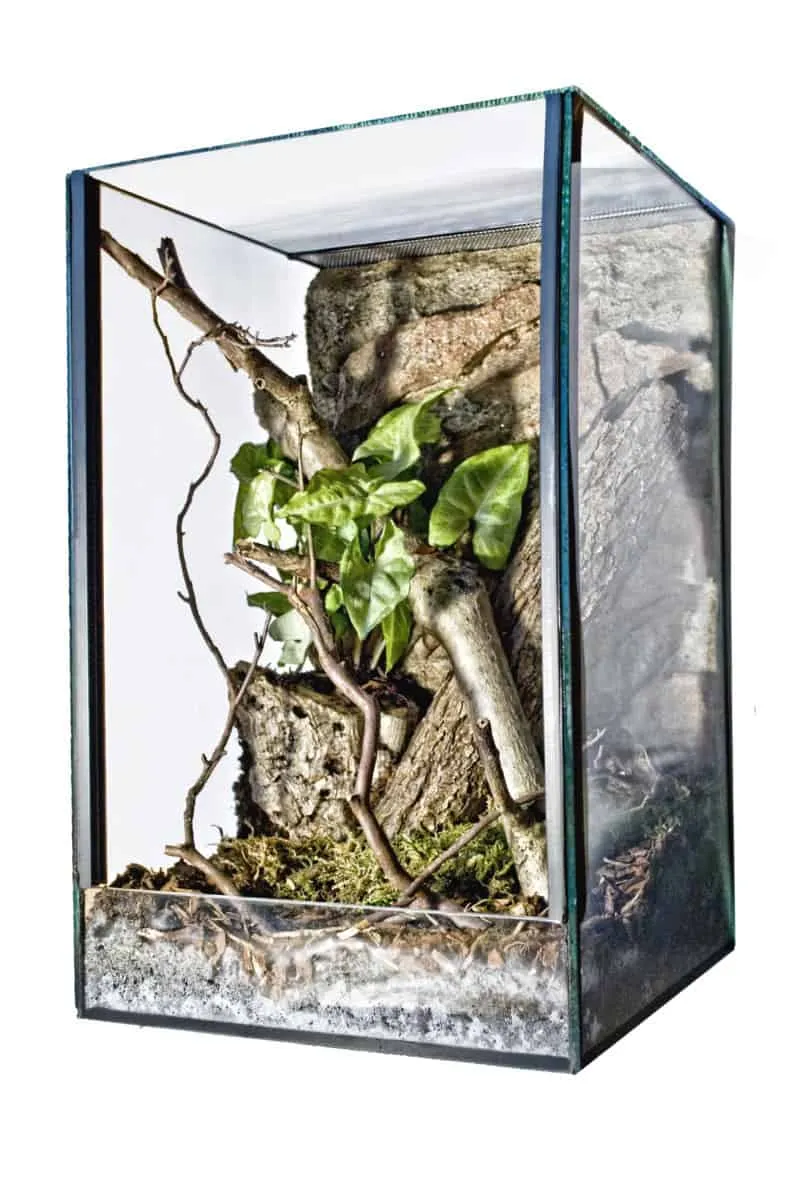
Different tarantula species have varying size requirements. For terrestrial species, a general rule is to provide an enclosure that is at least twice the tarantula’s leg span in length and width, and the height should be at least equal to the leg span. Arboreal species, on the other hand, need taller enclosures to accommodate their climbing habits. The dimensions should allow for both climbing and ground space. Always research the specific needs of your chosen species. Research is also key to avoid overcrowding, which can lead to stress and potential conflict. Adjusting enclosure size as your tarantula grows is essential to prevent these issues.
Glass vs Acrylic Enclosures
Both glass and acrylic enclosures offer their own advantages and disadvantages. Glass enclosures are often more readily available, cost-effective, and scratch-resistant, while acrylic enclosures are lighter, offer better insulation, and provide clearer visibility. Acrylic is a good choice for arboreal species that need a tall enclosure, and glass is a good option for terrestrial spiders. Glass is easier to clean and less likely to be damaged by certain cleaning products. Acrylic enclosures may scratch more easily, which can impair visibility over time. Considering the long-term aspects of care, your choice can depend on your specific needs and preferences. (Image glass-vs-acrylic-tarantula-enclosures.webp)
Ventilation and Humidity Control
Proper ventilation and humidity control are crucial for maintaining a healthy environment within the tarantula enclosure. Adequate ventilation prevents the build-up of harmful gases, reduces the risk of mold and mildew growth, and helps regulate humidity. Humidity levels are critical because they affect the tarantula’s ability to molt successfully and overall health. Improper ventilation and humidity can lead to respiratory issues, fungal infections, and other health problems, so understanding and implementing effective strategies is essential for tarantula care. Both ventilation and humidity are essential for the long-term health of your pet.
Importance of Proper Ventilation
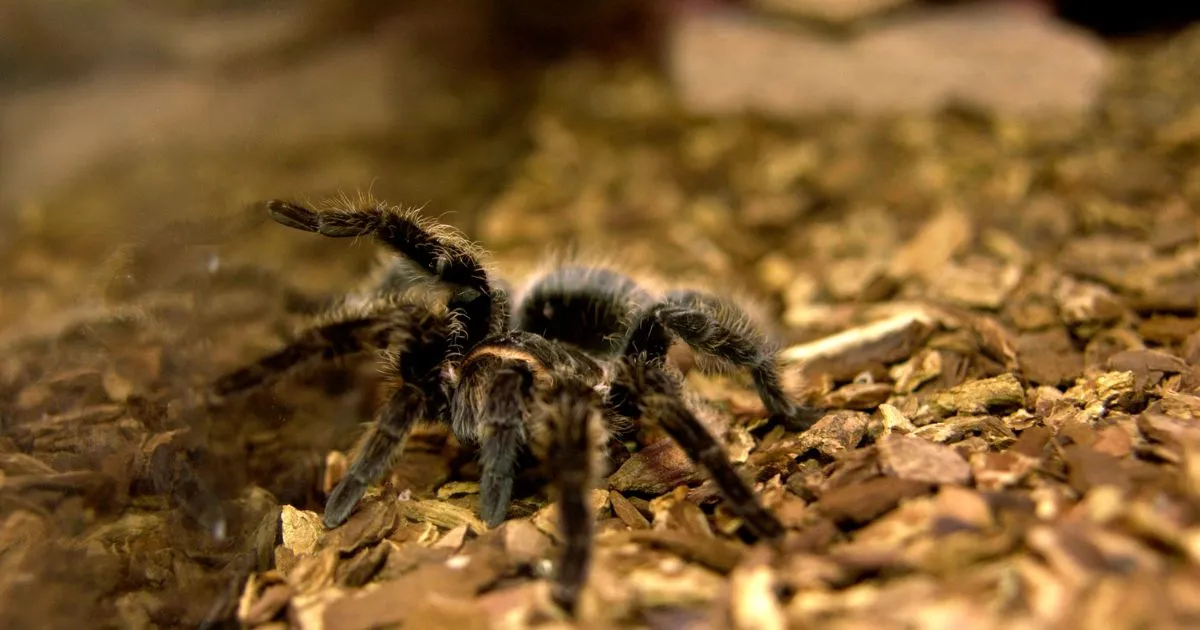
Good ventilation is essential to prevent the buildup of stale air, ammonia, and other harmful gases within the enclosure. This is typically achieved through a combination of cross-ventilation, which involves air intake and exhaust points at different locations in the enclosure. A well-ventilated enclosure also minimizes condensation, which can lead to excessive humidity and fungal growth. Ensure that the ventilation system is designed so that it won’t allow the escape of prey items, like chicken, or the spider itself. The balance is key, as excessive ventilation can make maintaining humidity difficult. (Image proper-tarantula-enclosure-ventilation.webp)
Maintaining Optimal Humidity Levels
Maintaining the correct humidity levels is crucial for successful molting and overall tarantula health. The ideal humidity range varies depending on the species, so research the specific requirements of your tarantula. You can measure humidity with a hygrometer and adjust it by misting the enclosure with dechlorinated water, providing a water dish, and ensuring the substrate is slightly moist. Overly humid environments can lead to mold and bacterial growth, while insufficient humidity can cause molting issues and dehydration. Regular monitoring and adjustment of humidity levels are essential for providing an optimal environment.
Substrate Selection & Setup
The substrate serves as the base of the enclosure, providing a surface for the tarantula to walk on, burrow in (for terrestrial species), and helps maintain humidity levels. The correct substrate also contributes to the overall aesthetics of the enclosure and offers a natural environment for your pet. Proper substrate selection and setup are key to creating a healthy and engaging environment for your tarantula. The substrate should be easy to clean, non-toxic, and suitable for the tarantula’s species-specific needs. This is another case where research is key.
Types of Substrate & Their Properties
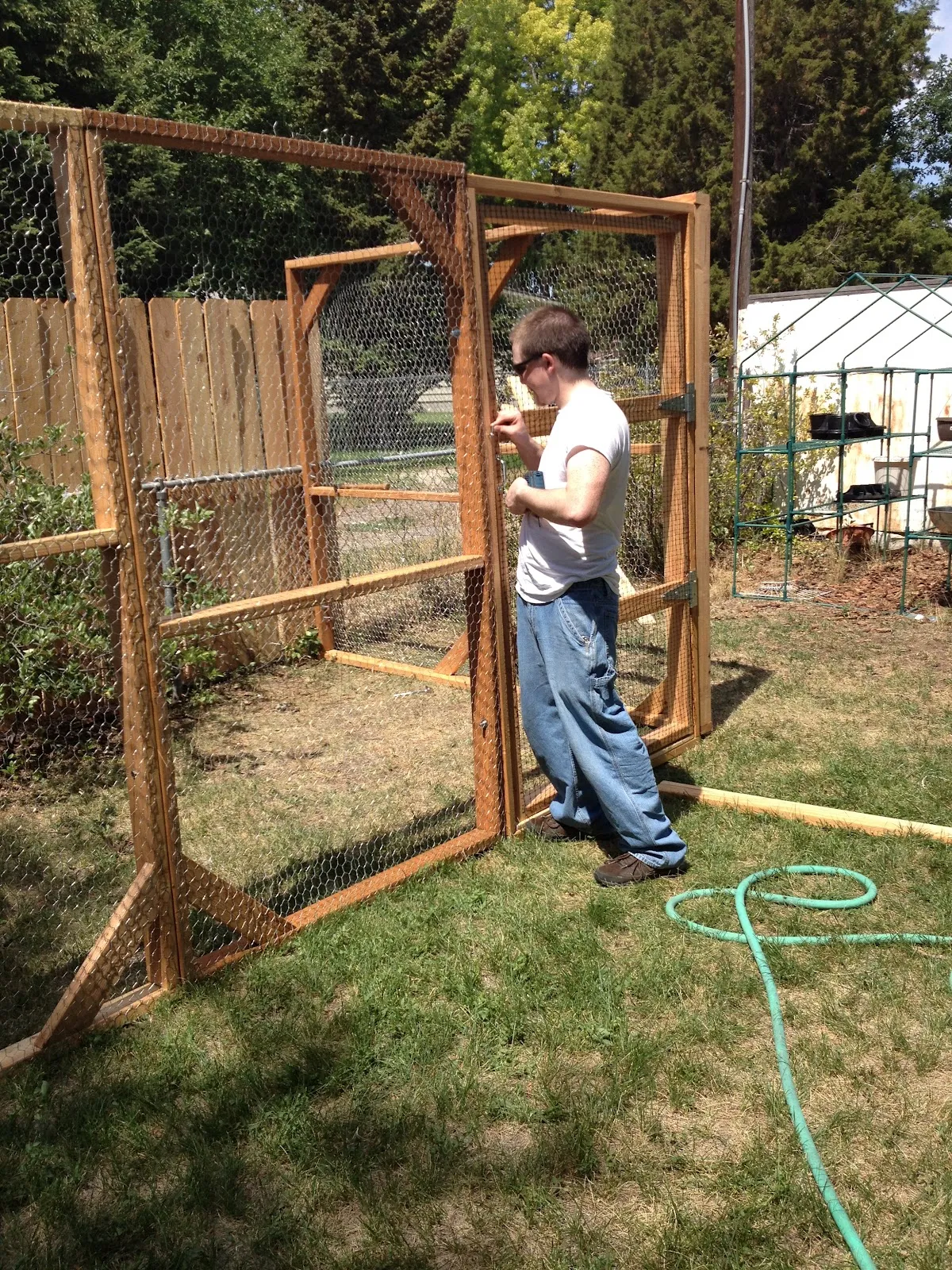
Various substrates are available, each with its own advantages and disadvantages. Popular options include coconut fiber (coco coir), peat moss, vermiculite, and topsoil. Coconut fiber is a versatile option that holds moisture well and is easy to clean. Peat moss is great for humidity retention and provides a slightly acidic environment. Vermiculite can help maintain humidity, while topsoil can provide a more naturalistic setting. Choose the substrate that best suits your tarantula’s needs and your preference for maintenance. Some keepers choose to mix different substrates to achieve the desired humidity levels and environmental enrichment for their spiders. (Image tarantula-enclosure-substrate-options.webp)
Creating the Right Substrate Depth
The depth of the substrate depends on the species and its burrowing behavior. For terrestrial species that burrow, provide several inches of substrate to allow them to create burrows and feel secure. Arboreal species generally need a shallower substrate layer, as they don’t typically burrow. Ensure the substrate is deep enough to maintain humidity levels and provide a safe environment. The right depth also helps with shedding, as it gives the tarantula a surface to grip during the molting process. The substrate depth can also affect the overall aesthetic of the enclosure; a good-looking habitat is always a plus.
Decorating the Tarantula Enclosure
Decorating the enclosure is essential for providing enrichment and mimicking the tarantula’s natural habitat. The right décor provides hiding places, climbing structures, and visual interest, making the environment more stimulating for your pet. Adding decorations provides a sense of security and helps your tarantula feel less stressed. Think of it as interior design for your spider; a well-decorated enclosure is a happy enclosure. The goal is to create a functional and aesthetically pleasing environment that supports the tarantula’s well-being.
Essential Decor Items for Enrichment
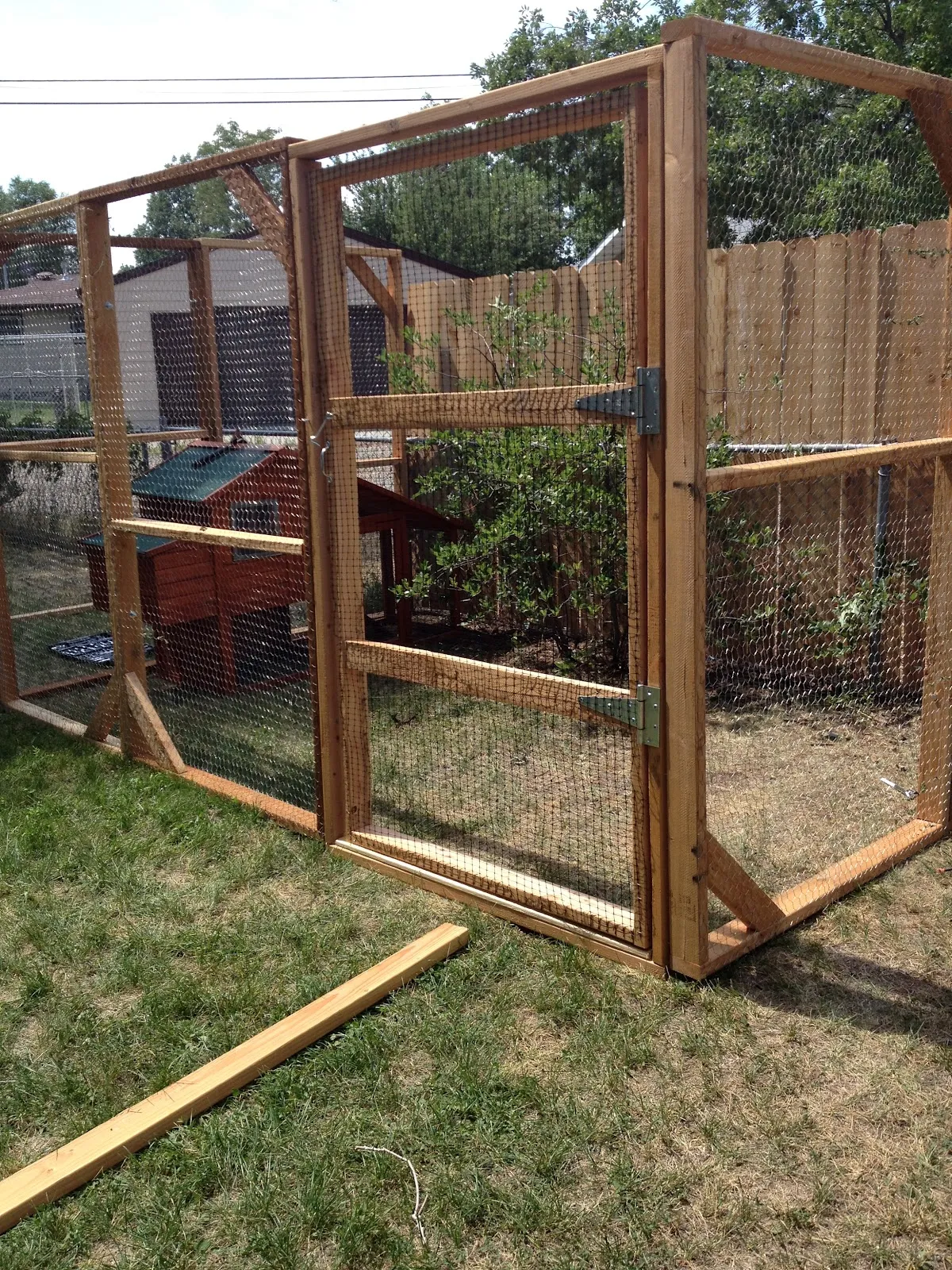
Include essential decor items to create a stimulating environment. Cork bark, artificial plants, and driftwood are popular options for providing hiding places and climbing opportunities. Ensure all decorations are non-toxic and securely placed to prevent the tarantula from getting trapped or injured. Provide a water dish for hydration and a feeding dish. Consider the tarantula’s natural behaviors and preferences when selecting decor items. Creating a naturalistic environment can significantly improve the tarantula’s quality of life. These items also aid in the molt, as they provide a surface for the tarantula to grip. (Image tarantula-enclosure-decor.webp)
Hiding Places and Climbing Structures
Hiding places are crucial for a tarantula’s sense of security, especially when they are molting or feeling vulnerable. Cork bark, hollow logs, and artificial caves provide safe retreats. Climbing structures, like branches and artificial plants, are beneficial for arboreal species, allowing them to explore and exhibit natural behaviors. When placing these items, consider the tarantula’s size and climbing abilities, ensuring they are secure and won’t fall on the spider. Providing these structures also offers enrichment and can reduce stress.
Providing Water and Food Access
A clean water dish is essential for providing fresh water, allowing the tarantula to drink and stay hydrated. Make sure the water dish is shallow enough to prevent the tarantula from drowning, and replenish the water regularly. Offer food in a dish or simply allow the tarantula to hunt live prey. Ensure that prey items, like crickets or roaches, are properly sized and do not pose a threat to the spider. Consider the type of chicken you are feeding as food.
Chicken Feed vs Other Insects
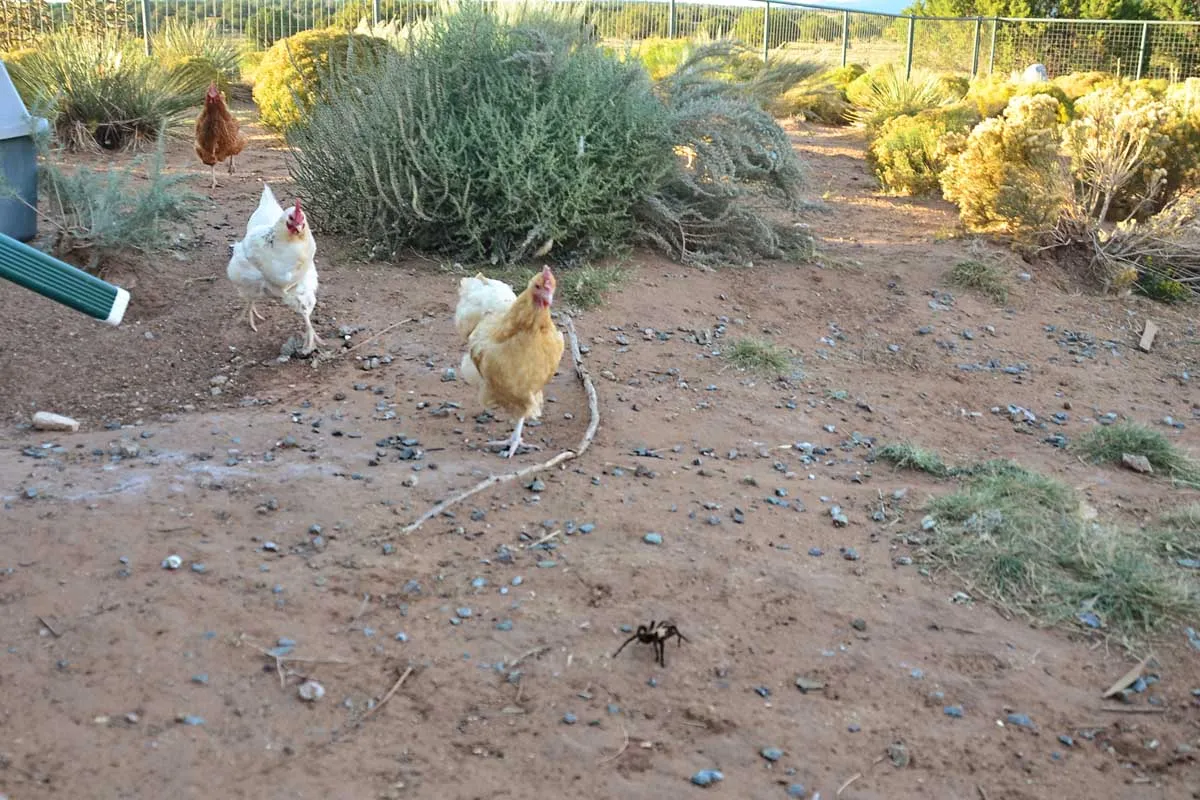
Chicken is a great food for your spiders and insects. The most important consideration when feeding insects is whether they are safe for the tarantula. Never feed a tarantula insects that have been exposed to pesticides or other harmful chemicals. The same goes for chicken; ensure the chicken is healthy. Chicken can be a useful supplement to the diet, but always research the specific dietary needs of your species. Overfeeding can lead to health problems, so adjust portion sizes according to the spider’s size and appetite. Consider the origin of the chicken and its freshness to maintain optimal health.
Cleaning and Maintenance of Enclosures
Regular cleaning and maintenance are essential for maintaining a healthy and hygienic environment for your tarantula. This involves removing uneaten food, fecal matter, and shed exoskeletons, as well as replacing the substrate periodically. Regular cleaning helps prevent the build-up of bacteria and other pathogens, reducing the risk of illness. The frequency of cleaning depends on various factors, including the size of the enclosure, the species of tarantula, and the amount of waste produced. Routine maintenance ensures a safe and comfortable habitat for your pet. (Image cleaning-tarantula-enclosure.webp)
Regular Cleaning Practices
Remove uneaten food, insect waste, and shed exoskeletons regularly to prevent bacterial growth and maintain hygiene. Spot-clean the enclosure weekly and perform a full substrate change every few months. Use appropriate cleaning solutions that are safe for tarantulas, avoiding harsh chemicals that can harm your pet. Clean the water dish and replace the water frequently. Always wash your hands thoroughly before and after handling the enclosure or your tarantula to prevent the spread of germs. Proper cleaning not only ensures cleanliness but also allows you to inspect the tarantula and enclosure for potential problems.
Identifying and Addressing Potential Issues
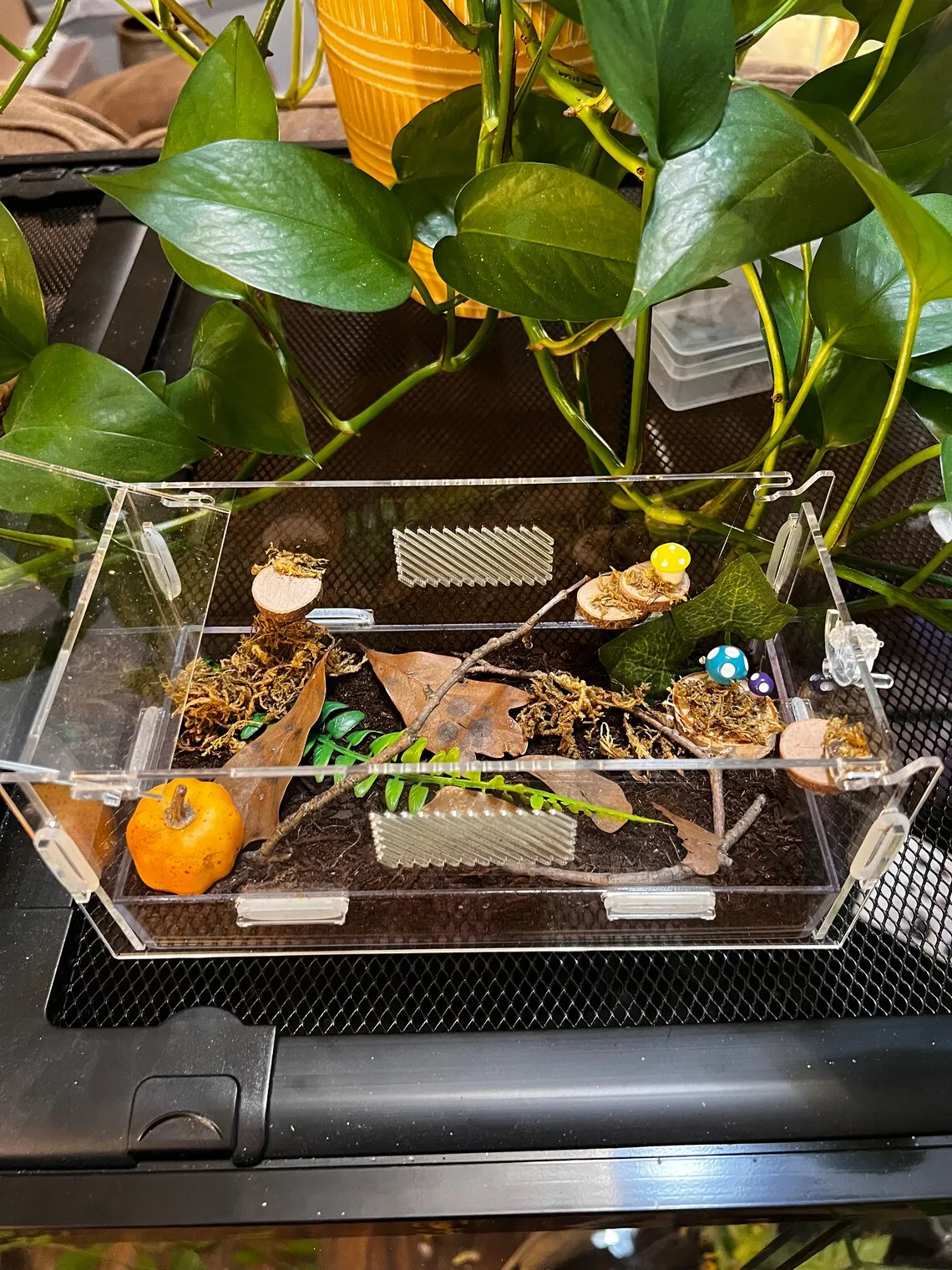
Regularly inspect the enclosure for potential problems, such as mold, mites, or other pests. Identify any unusual behavior in your tarantula, such as loss of appetite, lethargy, or changes in color, which may indicate a health issue. If you identify any problems, address them promptly by adjusting the environment or seeking veterinary advice if necessary. Early detection and intervention can prevent serious health problems. Keep an eye out for any changes in the substrate that might indicate a problem with humidity or ventilation. Proactive monitoring helps keep your tarantula healthy and happy.
Best Tarantula Enclosures Recommendations
Selecting the best tarantula enclosure involves assessing your specific needs and preferences, considering factors such as species, size, and ease of maintenance. Several enclosure options are available, from simple plastic containers to custom-built habitats. Researching different enclosure types and reading reviews from other keepers will help you make an informed decision. The ideal enclosure provides a balance of functionality, aesthetics, and ease of care. Here are some enclosure recommendations to get you started in the right direction. (Image beginner-tarantula-enclosure.webp)
Top Enclosure Options for Beginners
For beginners, a simple and affordable enclosure is often the best option. Clear plastic enclosures with secure lids are a great choice. They are readily available at pet stores and online, and offer good visibility and ventilation. These enclosures are also easy to clean and maintain. The main things you’ll want to consider are size, ventilation, and security. Make sure the lid is secure to prevent escapes and that the ventilation is adequate. For arboreal species, consider a taller enclosure with a secure lid and cross-ventilation. Choosing a beginner-friendly enclosure will help you to become familiar with basic tarantula care. (Image tarantula-enclosure-overview.webp)
Advanced Enclosure Choices for Experienced Keepers
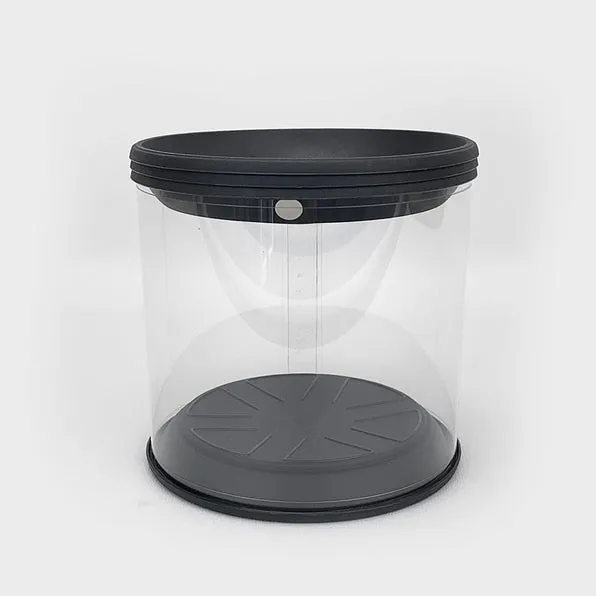
Experienced keepers may opt for more specialized or custom-built enclosures. Glass or acrylic enclosures offer excellent visibility and are often preferred for displaying tarantulas. Custom-built habitats allow keepers to create environments that mimic the natural habitats of their tarantulas, with features such as elaborate decor, specialized lighting, and humidity control systems. These enclosures often require more maintenance but offer enhanced enrichment and environmental control. Advanced keepers often choose enclosures based on the specific needs of their species, considering aspects such as ventilation, temperature gradients, and ease of access for feeding and cleaning.
